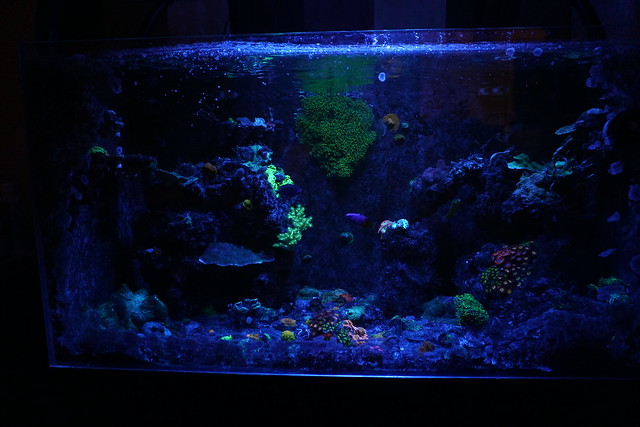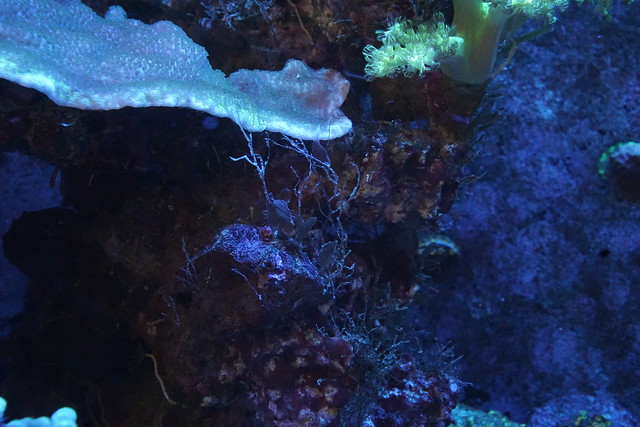- Joined
- May 20, 2018
- Messages
- 613
- Reaction score
- 592
Vibrant took about a month of dosing twice a week before I noticed an improvement. But after that it disappeared very quickly and has stayed clear ever since.Third dose of vibrant dosed. Not seeing any difference yet but i know it takes a while. Picture to follow.






 DSC01843
DSC01843 IMG_20190902_113450842
IMG_20190902_113450842 IMG_20190907_095700750
IMG_20190907_095700750
 DSC01854
DSC01854








